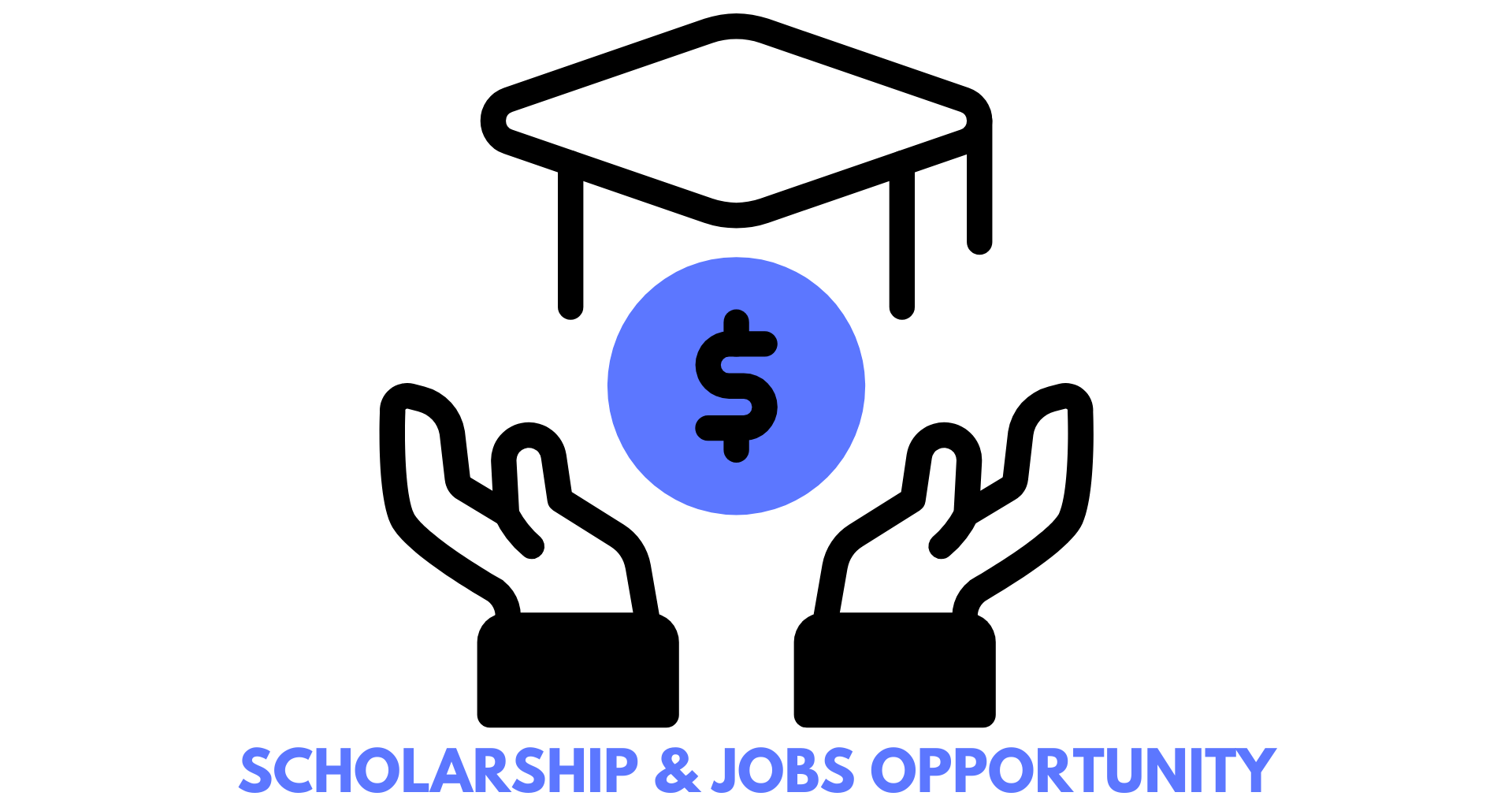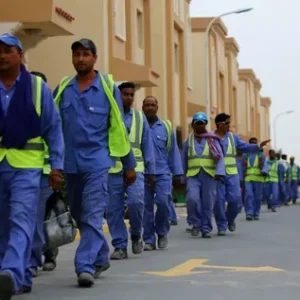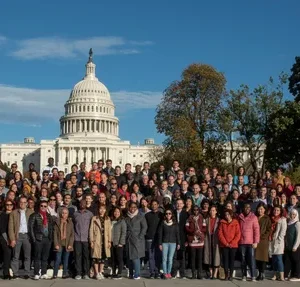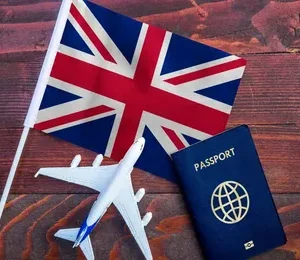Introduction — why Erasmus Mundus is a game changer
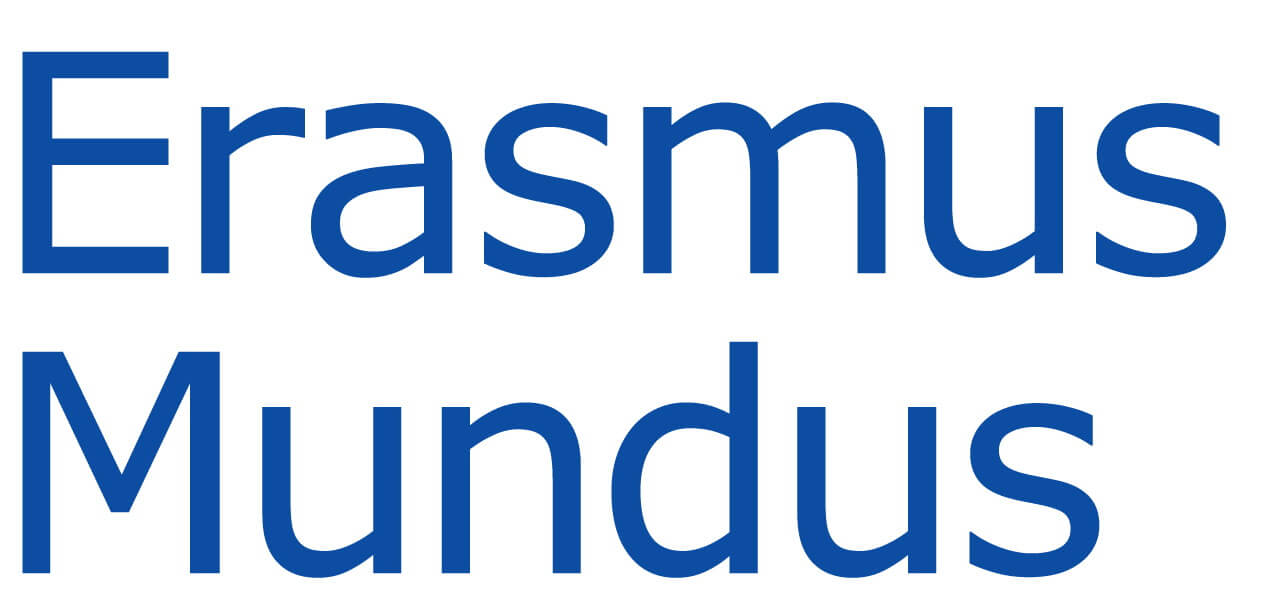
If you want a prestigious, international master’s degree and a pathway to study in multiple European countries without paying tuition, the Erasmus Mundus Joint Master Degrees (EMJMD) scholarships should be at the top of your list. These programs are run by consortia of top European universities and typically include full tuition coverage plus a generous monthly stipend (commonly around €1,000/month for scholarship holders), travel costs, and insurance. That package is life-changing—especially for students from countries where the cost of a European master’s would otherwise be prohibitive.
Before you apply, bookmark the official Erasmus+ program pages for authoritative, current rules and calls: the European Commission’s Erasmus+ student page and the Erasmus+ programme portal are the two places to verify exact amounts, deadlines and the yearly call for proposals. (Official references: Erasmus+ – Erasmus Mundus Joint Master Degrees and the main Erasmus+ portal.)
Quick overview: what the scholarship typically covers
-
Full tuition fees for the master’s program (paid to the consortium or waived).
-
Monthly living allowance (scholarship grant) — often about €1,000 per month for full-scholarship EMJMD students (may vary by year/program).
-
Travel contribution to cover travel between your home country and study locations.
-
Insurance for the study period.
-
Occasionally installation or arrival grants and additional top-up funding for specific groups.
Pro tip: some consortia also offer additional funding for research costs, internships, or thesis-related travel. Always read the program’s call and consortium FAQ.
Who should apply? (Eligibility at a glance)
Most EMJMD calls use similar eligibility rules. Typical requirements include:
-
A bachelor’s degree or recognized equivalent (usually 180–240 ECTS or country equivalent).
-
A strong academic record (transcripts, GPA).
-
Proof of English proficiency (or another teaching language) — IELTS/TOEFL scores are often accepted but some programs accept institutional proof or prior degrees taught in English.
-
Some programs require work experience or pre-requisite courses for specific fields (engineering, health sciences, etc.).
-
Nationality: Scholarships are open to both EU and non-EU citizens, but certain grants/quotas may be reserved for non-EU or partner-country students. Check the call.
How to Apply for Erasmus Mundus Scholarships
Below is a focused, step-by-step application roadmap that will help you stand out.
-
Find the right EMJMD program
-
Visit the Erasmus+ listing and consortium websites to identify programs aligned with your career goals.
-
Read the programme catalogue and pick 1–3 that match your background and interest.
-
-
Check the call and eligibility
-
Look at the latest call for applications on the program’s website.
-
Confirm deadlines for scholarship vs. self-funded applications. Scholarships have separate quotas and earlier deadlines.
-
-
Prepare documents early
-
Degree certificates and official transcripts (with translations if necessary).
-
CV (Europass or professional style).
-
Motivation letter / personal statement tailored to the consortium and program.
-
Two or three academic or professional recommendation letters.
-
Language test results (if required).
-
Passport copy and any required proof of nationality.
-
-
Write a winning motivation letter
-
Explain why this consortium and how the program fits your goals.
-
Mention relevant projects, research interests, or professional experience.
-
Keep one clear theme: what you will contribute and what you expect to gain.
-
Use measurable achievements, not vague statements.
-
-
Polish your references
-
Choose referees who can speak to your academic potential and international readiness.
-
Provide referees a short brief explaining the scholarship and what you’d like them to emphasize.
-
-
Complete any additional application components
-
Some programs require a research proposal or portfolio (for creative or design programs).
-
Prepare short video statements only if requested.
-
-
Submit before the deadline
-
Upload documents in the format requested (PDF is usually safest).
-
Confirm receipt and note any follow-up interview dates.
-
-
Prepare for interviews (if any)
-
Be prepared to discuss motivation, international experience, and potential thesis topics.
-
Practice concise storytelling — why you, why now, why this program.
-
Eligibility and Selection Criteria — What selectors REALLY look for
Selection committees look beyond paper qualifications: they want candidates who will thrive in an international, multidisciplinary environment.
Key selection criteria:
-
Academic excellence — grades matter, but selection is holistic.
-
Motivation and fit — convincing statement of purpose aligned with the program.
-
International mindset — prior travel, multicultural work, or collaborative projects are strong pluses.
-
Research interest — clarity about your academic or professional goals; a feasible thesis idea helps.
-
Recommendations — credible referees who can testify about your potential.
-
Soft skills — adaptability, teamwork, language skills; programs that send students across countries value resilience and cultural intelligence.
Table: Quick comparison — Applying for Erasmus Mundus (Scholarship vs Self-funded)
| Feature | Erasmus Mundus Scholarship (Typical) | Self-funded / Tuition-only entry |
|---|---|---|
| Tuition fees | Covered (full) | Payable by student |
| Monthly stipend | ~€1,000/month (varies) | None |
| Travel grant | Yes | None/limited |
| Selection competitiveness | Very high | Lower (still selective) |
| Application deadlines | Scholarship-specific; sometimes earlier | Usually same program deadlines |
| Benefits | Insurance, network, mobility across universities | Access to program, but fewer supports |
| Best for | Students needing funding + international experience | Students who can self-finance or seek loans |
How to write the perfect application elements (motivation letter, CV, references)
Motivation letter (structure)
-
Opening (1 paragraph): Who you are and which program you’re applying to.
-
Why this program (1–2 paragraphs): Specific modules, partner universities, faculty, or labs that attract you.
-
What you bring (1–2 paragraphs): Skills, projects, and impact you’ve delivered.
-
Future plan (1 paragraph): Career or research vision and how the EMJMD fits into that.
-
Closing (1 short paragraph): A confident, polite wrap-up and readiness to contribute.
CV tips
-
Keep it 1–2 pages, clear sections: Education, relevant experience, research/projects, publications (if any), languages, skills.
-
Use bullet points and quantify where possible: “Led a team of 5 to deliver X; improved process Y by 30%.”
References
-
Provide referees with your CV and motivation letter draft.
-
Ask them to emphasize specific strengths (e.g., research potential, leadership in international settings).
-
Give at least three weeks’ notice and a friendly reminder 1 week before the deadline.
Winning the interview — nine quick habits of successful candidates
-
Know the consortium — mention at least one faculty member or partner university project.
-
Be concise — practice 60- and 120-second introductions.
-
Explain mobility plan — how you’ll adapt to studying in multiple countries.
-
Discuss thesis ideas — even a draft topic shows seriousness.
-
Show cultural agility — examples of living or working abroad, languages learned, or cross-cultural projects.
-
Show evidence — refer to grades, publications, demonstrable outcomes.
-
Ask smart questions — about mentorship, internships, or consortium collaborations.
-
Follow up — short thank-you email restating interest.
-
Relax and be authentic — selection panels want real people, not rehearsed scripts.
Timeline — when to start and how to plan
-
12–9 months before start date: Research programs and their application windows; reach out to program coordinators with concise questions.
-
6–4 months before: Prepare and request transcripts; schedule language tests; line up referees.
-
3 months before: Draft and polish your motivation letter, CV and research statement.
-
1 month before: Finalize uploads and ensure translations/certifications are ready.
-
After submission: Prepare for potential interviews and plan alternatives (other scholarships, national funding) in case of non-selection.
Common mistakes to avoid
-
Generic motivation letters — never submit the same letter for different programs.
-
Late or incomplete documents — missing translations and unsigned forms will disqualify you.
-
Weak references — choose quality over celebrity; a strong academic referee is better than a generic manager reference.
-
Ignoring mobility challenges — show you’ve thought about housing, visas, and logistics.
-
Not following format instructions — file size, naming convention, or PDF requirements are strictly enforced.
Realistic chances & backup plans
Erasmus Mundus scholarships are competitive — sometimes hundreds or thousands of applicants for limited scholarship slots. Don’t be discouraged: a strategic approach increases your odds.
Parallel strategies:
-
Apply for multiple EMJMD programs (1–3 max, targeted).
-
Seek national scholarships or university-specific grants.
-
Consider internal funding (research assistantships, part-time university jobs).
-
Prepare to self-fund or get loans if necessary—some students start self-funded and later find external funding.
Example motivation letter outline (short template)
Use this as a scaffold — customize heavily.
-
Intro: “I am [Name], holder of a BSc in [Field] from [University]. I am applying to the [Program Name] EMJMD to specialise in [topic].”
-
Why this program: “The program’s focus on [X] and the consortium’s partnership with [Institution Y / Lab Z] are directly aligned with my goals.”
-
Experience: “At [University/Company], I led [project], producing [result]. I have hands-on skills in [methods/techniques].”
-
Fit and contribution: “I will contribute by [teamwork, research ideas, network].”
-
Future vision: “Upon graduation I plan to [research/career goal], and I expect the EMJMD to provide [specific resources or connections].”
-
Closing: “Thank you for considering my application. I am committed to contributing fully to the cohort and the research community.” Frequently asked questions (FAQs)
Q: Is the €1,000 monthly stipend guaranteed?
A: The monthly stipend amount commonly cited (~€1,000) has been typical for full scholarship holders, but amounts, eligibility categories, and the distribution schedule can change. Always verify the current call.
Q: Can I apply if I’m close to finishing my bachelor’s degree?
A: Many programs accept applicants who are finishing their degree before enrollment, but you must provide proof of graduation before the program starts.
Q: Are nationals of EU countries eligible?
A: Yes—both EU and non-EU citizens can apply. Some quotas or scholarship categories might differ; check the call text.
Q: If I don’t get a scholarship, can I still join?
A: Often yes, if you are accepted as self-funded. Acceptance and scholarship are related but not identical; program pages clarify this.
Resources & two official links you should bookmark
-
For official program descriptions and calls: Erasmus+ – Erasmus Mundus Joint Master Degrees
-
For general Erasmus+ information and updates: Erasmus+ programme portal
(I linked the two most authoritative sources above — always use the program’s own consortium page for the most practical, program-specific deadlines and application portals.)
Final checklist — apply like a pro
-
Identify 1–3 best-fit EMJMD programs.
-
Confirm up-to-date call text and scholarship deadlines.
-
Request transcripts and translations early.
-
Book and prepare language tests (if required).
-
Prepare a tailored motivation letter for each program.
-
Choose referees and provide them a brief.
-
Polish CV and portfolio (if needed).
-
Practice interview answers and mobility plan scenarios.
-
Submit all documents in the format requested — double-check file names.
-
Follow up politely after interview or application submission.
Conclusion — aim high, plan smart, and verify often
Erasmus Mundus scholarships offer a rare combination: top-quality European education, cross-border mobility, full tuition coverage, and a life-changing stipend. The competition is steep, but preparation — targeted program selection, tailored application materials, strong references, and a clear research or career plan — dramatically improves your odds.
Treat your application as a short professional campaign: research the consortium, craft specific messaging, ask referees to highlight precise strengths, and demonstrate that you will contribute to and benefit from the international learning environment. With persistence and a strategic approach, you can turn that €1,000/month stipend and full tuition waiver from wishful thinking into a funded reality.
Call to action
Ready to get started? Pick one Erasmus Mundus program you’re passionate about and draft a targeted motivation letter today. If you want, I can:
-
Review your motivation letter and CV (tailored feedback), or
-
Draft a customized motivation letter template for a specific EMJMD program (tell me which one and give your CV details).
Want me to help edit your draft now? Drop your motivation letter and CV (or paste them) and I’ll give line-by-line edits.
